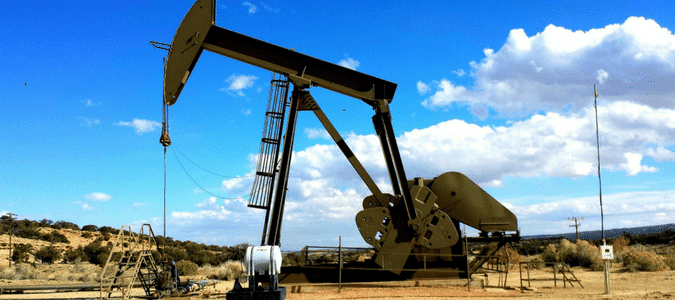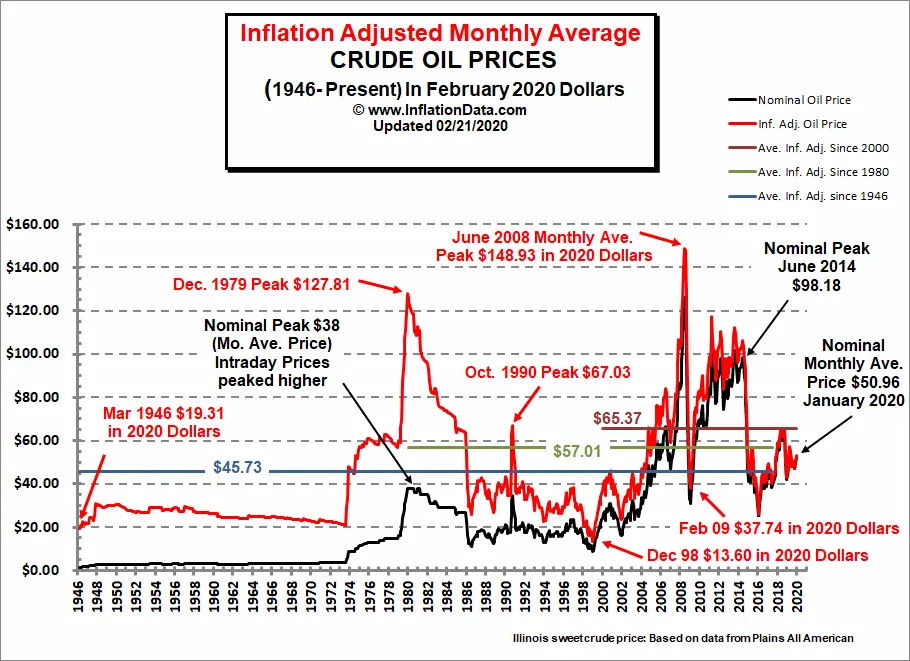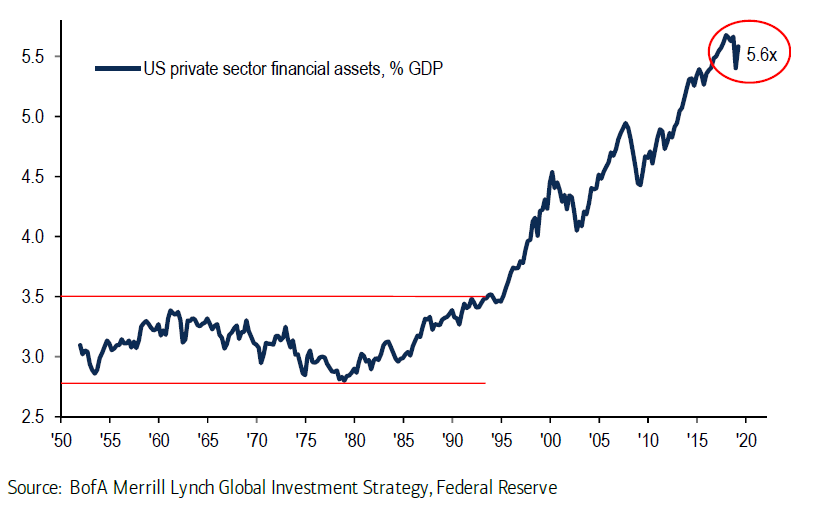Updated Monthly
AGGRESSIVE PORTFOLIO - ACTIVE ALLOCATION - 5/1/20
Active Allocation Bands (excluding cash) 0% to 50%
62% - Cash -Short Term Bond Index - VBIRX
38% -Gold- Global Capital Cycles Fund - VGPMX **
0% -Lt. Bonds- Long Term Bond Index - VBLTX
0% -Stocks- Total Stock Market Index - VTSAX
[See Disclaimer]
** Vanguard's Global Capital Cycles Fund maintains 25%+ in precious metal equities the remainder are domestic or international companies they believe will perform well during times of world wide stress or economic declines.
This blog site is not a registered financial advisor, broker or securities dealer and The Dividend Yield Investor is not responsible for what you do with your money.
This site strives for the highest standards of accuracy; however ERRORS AND OMISSIONS ARE ACCEPTED!
The Dividend Yield Investor is a blog site for entertainment and educational purposes ONLY.
The Dividend Yield Investor shall not be held liable for any loss and/or damages from the information herein.
Use this site at your own risk.
PAST PERFORMANCE IS NO GUARANTEE OF FUTURE RESULTS.









